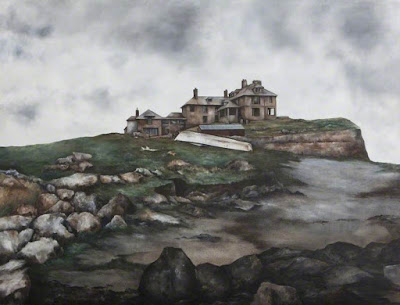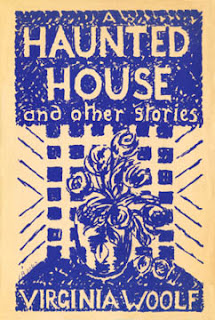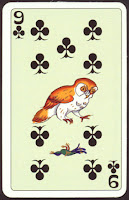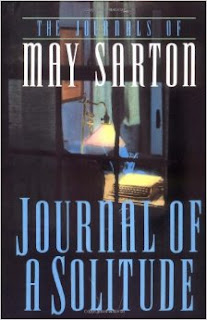Virginia Woolf is both predictable and unpredictable. First, with any of her works she is not a writer that is easily deciphered or labelled, and conversely, one never knows when reading her works, precisely what one is going to discover. In the short story, A Haunted House, Woolf delivers a narrative that is only 10 paragraphs long, yet manages not only to convey a story, but make it perplexingly obscure and delightfully poetic.
The story begins, “Whatever hour you woke, there was a door shutting.” A rather conventional beginning for a ghost story, but Woolf soon begins to weave other nebulous possibilities into its framework. Two old ghosts appear to be moving through this house, searching for something. Hundreds of years ago, the woman had died and the husband had left the house only to return to it later. A young couple sleeps while they hunt always for the treasure that appears either to be lost or just out of their grasp. The ghosts visit the narrator and her husband sleeping in their room and appear to find the treasure in their quiet repose, in their love, and all is “Safe, Safe, Safe.” ……..
 |
| The Haunted House source ArtUK |
Most analyses of this short story categorize it as juxtaposition between the dead and living couple, the dead couples’ loss of the “treasure” and their apparent finding of it again in the living couple, as the reader finally realizes the theme of love threaded throughout the story. Well, yes, I’m certain that’s an accurate analysis, but I had another less discernible thought flit through my mind while I was reading: some of the descriptions and tone reminded me of an author’s search for words or meaning to imbue their writing with a sense of life. The ghostly couple could have represented the writer and the rooms of the house compartments in the mind. Here’s an example:
“….. “They’re looking for it; they’re drawing the curtain,” one might say, and so read on a page or two. “Now they’ve found it,” one would be certain, stopping the pencil on the margin. And then, tired of reading, one might rise and see for oneself, the house all empty, the doors standing open, only the wood pigeons bubbling with content and the hum of the threshing machine sounding from the farm. “What did I come in here for? What did I want to find?” My hands were empty. “Perhaps it’s upstairs then?” The apples were in the loft. And so down again, the garden still as ever, only the book had slipped into the grass.”
The allusions to reading, pencil, margin, and book, and the references to the house being empty and the doors open and the search, reminded me of a writer struggling to find the precise words to bring his/her story to vivid life, to make something living from something dead. Am I crazy? Perhaps, but with Woolf, the very act of writing always seems to be a part of the writing itself, so closely incorporated that it is difficult to separate the two. In any case, it was an interesting story, as only Woolf could make a story a page long. The complete text of the story can be found HERE.
Next week, I’ve drawn a short story by Edgar Allen Poe, The Tell-Tale Heart. I remember reading this one in elementary school and being quite scared by it. We’ll see how effective it remains from an adult reading.
Week 8 – Deal Me In Challenge – Nine of Clubs






.jpg)


.jpg)








